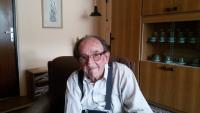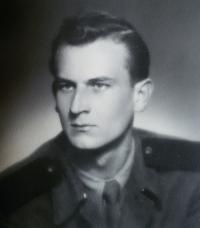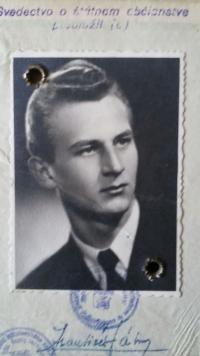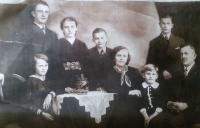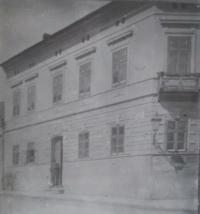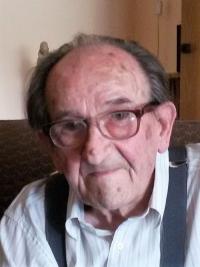May God help us!
František Fábry was born on October 25, 1930 in Banská Bystrica. His father was a respected regional civil engineer. Later his family and the company moved to Slovenská Ľupča. Majority of property of the family company was requisitioned during the Slovak National Uprising and in 1948, their business was put under the state ownership. Yet after his father‘s death in 1950, František Fábry was allowed to study at the Slovak Technical University in Bratislava. In 1951 he had to enlist in the military service and he was assigned to units of Auxiliary Technical Battalions (PTP). After serving 26 months he was released to civilian life. He returned to the university and in 1959 he completed his engineering studies. Until his retirement in 1990 he worked in the building industry as a designer.

